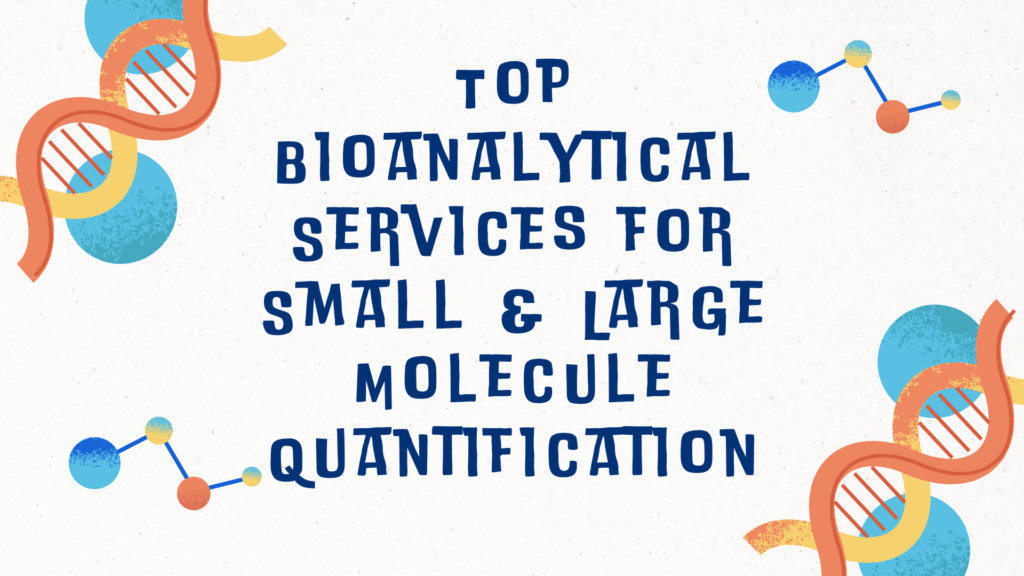
Polymer testing is a critical component in industries ranging from medical devices to aerospace, ensuring materials meet stringent quality and safety standards. In the United States, both the East and West Coasts boast a plethora of specialized polymer testing laboratories. However, differences in expertise, regulatory focus, and technological advancements can influence a company’s choice of testing partner. This article delves into the distinctions between East and West Coast Polymer Analysis Laboratory in the US testing facilities, highlighting key players, their specialties, and factors to consider when selecting a laboratory.
The Importance of Polymer Testing
Polymers are ubiquitous in modern manufacturing, offering versatility and adaptability. However, their performance can be influenced by factors such as composition, processing methods, and environmental conditions. Specialized polymer testing laboratories assess these materials to ensure they meet required specifications and regulatory standards. Services typically include:
- Chemical Analysis: Determining the composition and identifying potential contaminants.
- Mechanical Testing: Evaluating properties like tensile strength, elasticity, and impact resistance.
- Thermal Analysis: Assessing behavior under temperature variations.
- Aging Studies: Understanding long-term performance and degradation.
East Coast Polymer Analysis Laboratory in the US
The East Coast, with its rich industrial history and proximity to regulatory agencies like the FDA, hosts several renowned polymer testing facilities.
1. SGS Polymer Solutions Incorporated (PSI) – Virginia
An FDA-registered and ISO 17025 accredited independent testing lab, PSI has been addressing complex questions related to polymers, plastics, metals, and composites since 1987. Their services encompass chemical analysis, physical testing, and consultation, catering to industries such as medical devices and pharmaceuticals.
2. Intertek Polymer and Plastics Laboratory – Massachusetts
Located in Pittsfield, Intertek’s laboratory offers rapid turnaround on plastic and composite sample testing. Utilizing state-of-the-art instrumentation, they provide services ranging from material characterization to failure analysis, serving sectors like automotive and consumer goods.
3. EMSL Analytical, Inc. – New Jersey
EMSL provides comprehensive materials testing, including polymers, plastics, paints, and coatings. Their services are utilized by commercial, industrial, regulatory, and law enforcement clients, reflecting a broad scope of expertise.
West Coast Polymer Analysis Laboratory in the US
The West Coast, known for its innovation hubs and tech industries, is home to cutting-edge polymer testing facilities.
1. Pacific Testing Laboratories – California
Situated in Valencia, Pacific Testing Laboratories operates a 16,000-square-foot facility dedicated solely to testing services. Their environmentally controlled labs conduct a variety of tests, particularly for aerospace and defense industries.
2. EAG Laboratories – California
With over 40 years of experience, EAG offers a consultative, multi-disciplinary approach to materials testing. Their expertise spans from basic characterization to complex problem-solving in polymers and composites, serving industries like medical devices and consumer electronics.
3. IMR Test Labs – California
IMR performs chemical analysis, mechanical testing, and metallurgical examination of alloys, composites, plastics, and coatings. Their services are crucial for industries requiring precise material composition and performance characteristics.
Key Differences Between East and West Coast Labs
While both coasts offer top-tier polymer testing services, certain distinctions can guide companies in their selection:
1. Industry Focus:
- East Coast: Proximity to regulatory bodies like the FDA means many East Coast labs have a strong emphasis on compliance testing for pharmaceuticals and medical devices. For instance, Jordi Labs provides contract laboratory analysis for FDA regulatory testing applications, including medical devices and pharma products.
- West Coast: With a vibrant tech scene, West Coast labs often collaborate with electronics and aerospace industries, focusing on innovative material applications.
2. Regulatory Expertise:
- East Coast: Labs here may have deeper experience navigating FDA regulations, beneficial for companies in the medical and food sectors.
- West Coast: Facilities might be more versed in ASTM standards pertinent to tech and aerospace applications. ASTM International has been instrumental in developing standards that shape the medical device industry.
3. Technological Advancements:
- East Coast: Emphasis on traditional industries may lead to a focus on established testing methodologies.
- West Coast: A culture of innovation drives the adoption of cutting-edge technologies in material testing.
Factors to Consider When Choosing a Polymer Testing Lab
Selecting the right laboratory involves more than geographic preference. Key considerations include:
- Accreditations: Ensure the lab holds relevant certifications, such as ISO 17025, indicating adherence to international standards.
- Industry Experience: A lab familiar with your sector’s specific requirements can provide more insightful analyses.
- Technological Capabilities: Advanced instrumentation and methodologies can offer more accurate and comprehensive results.
- Turnaround Time: Depending on project timelines, the speed of service delivery may be crucial.
- Regulatory Knowledge: Especially important for industries like medical devices and food packaging, where compliance is stringent.
Conclusion
Both the East and West Coasts of the United States offer a wealth of specialized polymer testing laboratories, each with unique strengths and industry focuses. Understanding these distinctions, along with careful consideration of your company’s specific needs, will guide you to the ideal testing partner. Whether prioritizing regulatory expertise, technological innovation, or industry specialization, the U.S. provides ample options to ensure your polymer materials meet the highest standards of quality and safety.
REFERENCES
- Campo EA. Selection of polymeric materials: how to select design properties from different standards. William Andrew; 2008 Mar 6.
- Forster AM, Forster AM. Materials testing standards for additive manufacturing of polymer materials: state of the art and standards applicability.
- Vian WD, Denton NL. Hardness comparison of polymer specimens produced with different processes.
- Meikle JL. American plastic: a cultural history. Rutgers University Press; 1995.
ICH Q3E Guideline for Extractables and Leachables: Complete Technical Breakdown for 2025
INTRODUCTION The ICH Q3E guideline for Extractables and Leachables provides the international standard for evaluating…
Extractables and Leachables (E&L) Testing in the USA vs. Europe: Regulatory Differences
INTRODUCTION Extractables and Leachables (E&L) Testing in the USA vs. Europe: Regulatory Differences is one…
The Role of Extractables and Leachables (E&L) in Carcinogenicity Risk
Introduction Extractables and Leachables Carcinogenicity Testing plays a vital role in protecting patients who rely…
Case Study: Forced Degradation Study of Gimeracil — Discovery and Structure Elucidation of Novel Impurities
Introduction Forced degradation studies are a cornerstone of modern pharmaceutical development, enabling scientists to intentionally…
Affordable Bioanalytical Services for Start-Up Biotech: What to Expect
INTRODUCTION Affordable bioanalytical services for start-up biotech companies provide the essential analytical support needed to…
Top Bioanalytical Services for Small & Large Molecule Quantification
Introduction Bioanalytical services for small & large molecule quantification are essential for ensuring precision, sensitivity,…







